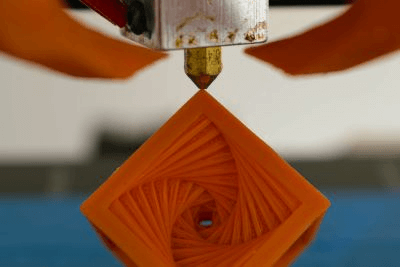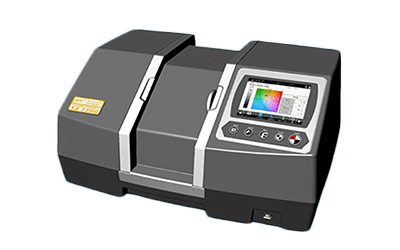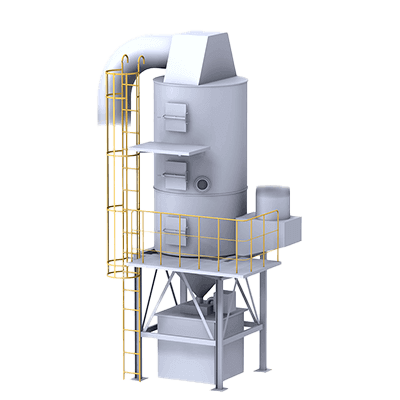What Is a Fuel Flowmeter?
A fuel flowmeter is an instrument used to measure the flow rate (fuel flow) of fuel as it is moved through the transfer process.
There are both analog and digital visual meters available for users to read the measured value. In recent years, automation and labor-saving processes for quality improvement and cost reduction in various industries have been progressing, and industrial instruments such as flow meters, thermometers, and pressure gauges are required to be more sophisticated and multifunctional.
The fuel flowmeter is an extremely important measuring instrument for the energy-saving operation of ships and other vessels, as well as for environmental friendliness. It is expected that interest in fuel flow meters will increase in the future.
Applications of Fuel Flowmeter
The fuel flowmeter measures the flow rate of fuels such as gasoline, diesel, kerosene, diesel fuel, and alcohol fuel with high accuracy and high repeatability. They can be used as equipment for engines and vehicle testing, and are widely used to measure fuel consumption for research and development, quality control, and other purposes.
Fuel flowmeters are used in a wide range of industries, including shipbuilding and shipping. In addition to measuring the consumption of fuel used in main engines, generators, and boilers, they are also used to measure the amount of lubricating oil supplied to various engine parts.
Principle of Fuel Flowmeter
Fuel flowmeter is classified into two main categories based on the type of flow rate to be measured: volumetric flowmeter and mass flowmeter.
1. Volumetric Flowmeter
The volumetric flowmeter has a measuring chamber with a rotor inside. The space is formed by the rotor and its enclosing case. When fuel fills the metering chamber, the rotor discharges it, and the volume of the fluid (fuel) is measured by the number of repetitions of this filling and discharging.
If the volume of fluid in the metering chamber that fills with the rotation of the rotor is known, the total volume of fluid can be calculated based on the number of rotations of the rotor. When fluid flows from the inlet, pressure is applied to the tooth flanks of the oval gear (rotor).
Due to its oval shape, the gear spontaneously begins to rotate when pressure is partially applied. If the fuel supply is continuous, the rotating action is also continuous.
2. Mass Flowmeter
The Coriolis flowmeter is a typical example of a mass flowmeter. The Coriolis flowmeter uses the inertial force that a mass experiences in a direction perpendicular to the direction of motion when it is moved in a rotating coordinate system, the so-called Coriolis force, to provide a highly accurate direct measurement of mass flow rate.
Specifically, an exciter is attached to the outside of the measuring tube, which vibrates the tube at a certain period. When fuel is flowing, the inertia of the liquid adds torsion to the vibration, and the Coriolis effect causes the tube to vibrate in different directions at the inlet and outlet simultaneously.
By measuring these changes in vibration in detail both spatially and temporally, sensors at the inlet and outlet sides can measure the phase difference of the liquid. Based on this phase difference, the mass flow rate is measured.
Features of Fuel Flowmeter
As mentioned above, there are two types of fuel flowmeter: volumetric flowmeter and mass flowmeter. The characteristics of each flowmeter are as follows:
1. Volumetric Flowmeter
One of the features of volumetric flowmeters is their high accuracy, which is about 0.5% to 0.2% of the indicated value. With most flowmeters, the higher the viscosity of the fluid, the narrower the flow range over which accuracy can be guaranteed.
However, with volumetric flowmeters, as viscosity increases, leakage from the gap between the rotor and the container decreases, thus expanding the range of flow rates for which accuracy can be guaranteed.
2. Mass Flowmeter
As a mass flowmeter, the Coriolis flowmeter can directly measure the density of a liquid from its vibration frequency. Since temperature and viscosity can also be measured at the same time, a single Fuel Flowmeter can accurately measure fuels with different properties, such as Fuel Oil A and Fuel Oil C. The disadvantages of the Coriolis flowmeter are that it is more expensive than other detection principles and that it has a larger pressure drop.
However, the disadvantages are that it is more expensive than other detection principles, has a large pressure drop, and is easily affected by vibration.



